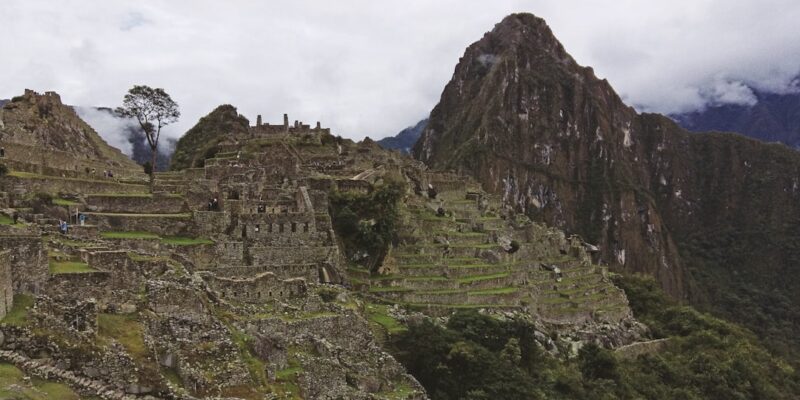
Discovering Machu Picchu’s Ancient Ruins
Machu Picchu, located in the Andes Mountains of Peru, is one of the most iconic archaeological sites in the world. Built by the Incas in the 15th century, it served as a sacred city and retreat for Incan rulers. Today, it is recognized as a UNESCO World Heritage Site and attracts millions of visitors each year. The ruins of Machu Picchu offer a glimpse into the advanced engineering and architectural skills of the Incan civilization, as well as their deep connection to nature and spirituality.
Key Takeaways
- Machu Picchu is a UNESCO World Heritage Site and one of the most significant archaeological sites in the world.
- Hiram Bingham’s discovery of Machu Picchu in 1911 brought the site to the attention of the world.
- The architecture and design of Machu Picchu’s ruins showcase the advanced engineering and construction techniques of the Incan civilization.
- Machu Picchu played a crucial role in Incan society and culture, serving as a religious and political center.
- The mysteries and legends surrounding Machu Picchu continue to fascinate visitors and researchers alike.
The Discovery of Machu Picchu by Hiram Bingham
Machu Picchu remained hidden from the world for centuries until its discovery by American explorer Hiram Bingham in 1911. Bingham, a professor from Yale University, was searching for the lost city of Vilcabamba when he stumbled upon the ruins of Machu Picchu. He was amazed by what he found – a perfectly preserved city nestled high in the mountains.
However, controversy surrounds Bingham’s role in the discovery of Machu Picchu. Some argue that local farmers and indigenous people had known about the site for years and had even guided Bingham to its location. Others claim that Bingham’s excavation methods were destructive and that he took many artifacts from the site without proper permission or documentation. Despite these controversies, Bingham’s discovery brought international attention to Machu Picchu and sparked a renewed interest in Incan history and culture.
The Architecture and Design of Machu Picchu’s Ruins
The architecture of Machu Picchu is a testament to the ingenuity and skill of the Incan civilization. The city was built using massive stone blocks that were carefully cut and fitted together without the use of mortar. This technique, known as “ashlar masonry,” allowed the Incas to create structures that have withstood centuries of earthquakes and harsh weather conditions.
The design of Machu Picchu is also remarkable. The city is divided into two main sections – the agricultural zone and the urban zone. The agricultural zone consists of terraces that were used for farming, while the urban zone contains temples, palaces, and residential areas. The layout of the city was carefully planned to align with the natural landscape, with buildings positioned to take advantage of the sun’s rays and provide stunning views of the surrounding mountains.
The Role of Machu Picchu in Incan Society and Culture
| Aspect | Metric |
|---|---|
| Location | Located in the Andes Mountains of Peru |
| Construction | Built in the 15th century without the use of mortar |
| Function | Served as a royal estate and religious site for the Inca Empire |
| Importance | Considered a symbol of Incan civilization and a UNESCO World Heritage Site |
| Discovery | Rediscovered by Hiram Bingham in 1911 |
| Tourism | One of the most visited tourist destinations in South America |
Machu Picchu played a significant role in Incan society and culture. It is believed to have been a sacred site and retreat for Incan rulers, who would come here to connect with the spiritual world and perform religious ceremonies. The site’s strategic location high in the mountains also made it a symbol of Incan power and control over their vast empire.
Religion was an integral part of Incan society, and Machu Picchu was no exception. The city contains several temples dedicated to different gods, as well as ceremonial platforms where rituals would take place. The Incas believed that the mountains surrounding Machu Picchu were sacred and inhabited by powerful spirits, and they incorporated these beliefs into their religious practices.
The Mysteries and Legends Surrounding Machu Picchu
Machu Picchu is shrouded in mystery, with many unanswered questions about its purpose and function. One of the most enduring mysteries is why the Incas abandoned the city shortly after its construction. Some theories suggest that it was due to a smallpox epidemic or a decline in resources, while others believe that it was intentionally hidden from Spanish conquistadors.
Legends also surround Machu Picchu, adding to its allure. One legend tells of a hidden treasure buried within the ruins, while another speaks of a secret tunnel leading to other Incan cities. These legends have fueled the imaginations of treasure hunters and adventurers for centuries, but so far, no concrete evidence has been found to support them.
The Importance of Machu Picchu for Tourism and the Local Economy
Machu Picchu has become a major tourist attraction, drawing visitors from all over the world. This influx of tourists has had a significant impact on the local economy, providing jobs and income for the surrounding communities. Many locals work as guides, porters, or in the hospitality industry, catering to the needs of visitors.
However, tourism also presents challenges for the preservation of Machu Picchu. The sheer number of visitors puts a strain on the fragile ruins, and measures have had to be taken to limit access and protect the site. Additionally, the increase in tourism has led to concerns about sustainability and the impact on the environment. Efforts are being made to promote responsible tourism and ensure that Machu Picchu can be enjoyed by future generations.
The Challenges of Preserving and Protecting Machu Picchu’s Ruins
Preserving and protecting Machu Picchu’s ruins is no easy task. The site is located in a remote and rugged area, making it difficult to access and maintain. The harsh weather conditions, including heavy rainfall and earthquakes, also pose a threat to the stability of the structures.
To address these challenges, various measures have been implemented. Strict regulations are in place to control visitor numbers and behavior, including restrictions on climbing or touching the ruins. Conservation efforts focus on stabilizing the structures and preventing further deterioration, while ongoing research helps to better understand the site and develop effective preservation strategies.
The Best Ways to Explore and Experience Machu Picchu
There are several ways to explore and experience Machu Picchu, depending on your preferences and fitness level. One popular option is to hike the Inca Trail, a four-day trek that takes you through stunning landscapes and ancient ruins before reaching Machu Picchu. This is a challenging but rewarding experience that allows you to fully immerse yourself in the history and beauty of the region.
For those who prefer a less strenuous option, there are also train and bus services that can take you directly to the entrance of Machu Picchu. Guided tours are available, providing insights into the history and significance of the site. It is recommended to book your tickets and tours in advance, as visitor numbers are limited and demand is high.
The Surrounding Natural Beauty and Wildlife of Machu Picchu
Machu Picchu is not only known for its archaeological wonders but also for its stunning natural beauty. The site is surrounded by lush green mountains, deep valleys, and rushing rivers, creating a breathtaking backdrop for the ruins. The diverse ecosystem supports a wide range of plant and animal species, including orchids, hummingbirds, and spectacled bears.
There are also several hiking trails that allow you to explore the natural beauty and wildlife of the area. The most famous trail is the Inca Trail, but there are also shorter hikes available, such as the Huayna Picchu or Machu Picchu Mountain hikes. These trails offer different perspectives of the site and provide opportunities to see rare flora and fauna up close.
The Future of Machu Picchu and its Preservation for Future Generations
Preserving Machu Picchu for future generations is of utmost importance. The site’s cultural and historical significance cannot be overstated, and it serves as a reminder of the ingenuity and achievements of the Incan civilization. Efforts are being made to ensure its preservation and sustainability, including ongoing research, conservation projects, and responsible tourism practices.
Education also plays a crucial role in preserving Machu Picchu. By raising awareness about the site’s importance and promoting a deeper understanding of Incan culture, future generations will be more likely to appreciate and protect this remarkable heritage. With the right measures in place, Machu Picchu can continue to inspire and captivate visitors for centuries to come.
FAQs
What is Machu Picchu?
Machu Picchu is an ancient Incan city located in the Andes Mountains of Peru. It was built in the 15th century and abandoned a century later during the Spanish conquest.
Why is Machu Picchu famous?
Machu Picchu is famous for its stunning architecture, intricate stonework, and breathtaking views of the surrounding mountains. It is also considered a sacred site by many indigenous people in Peru.
How do I get to Machu Picchu?
The most common way to get to Machu Picchu is by taking a train from Cusco to Aguas Calientes, followed by a bus or hike up to the ruins. Alternatively, you can hike the Inca Trail, which takes several days and requires a permit.
What should I wear when visiting Machu Picchu?
Visitors should wear comfortable, breathable clothing and sturdy walking shoes. It is also recommended to bring a hat, sunscreen, and a rain jacket, as the weather can be unpredictable.
Are there guided tours of Machu Picchu?
Yes, there are many guided tours available for visitors to Machu Picchu. These tours can provide valuable insights into the history and culture of the site, as well as help visitors navigate the complex ruins.
Is Machu Picchu accessible for people with disabilities?
Unfortunately, Machu Picchu is not very accessible for people with disabilities. The site is located on a steep mountain and requires a lot of walking and climbing. However, there are some accommodations available for visitors with mobility issues, such as wheelchair ramps and special tours.
What is the best time of year to visit Machu Picchu?
The best time to visit Machu Picchu is during the dry season, which runs from May to September. During this time, the weather is mild and there is less chance of rain. However, this is also the busiest time of year, so visitors should book their tickets and accommodations well in advance.


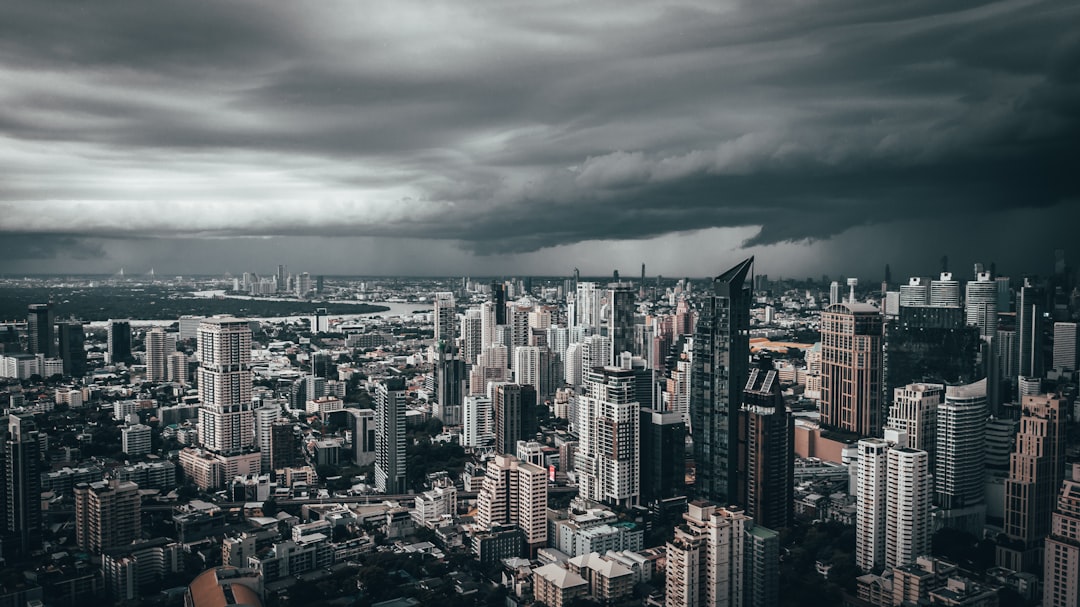
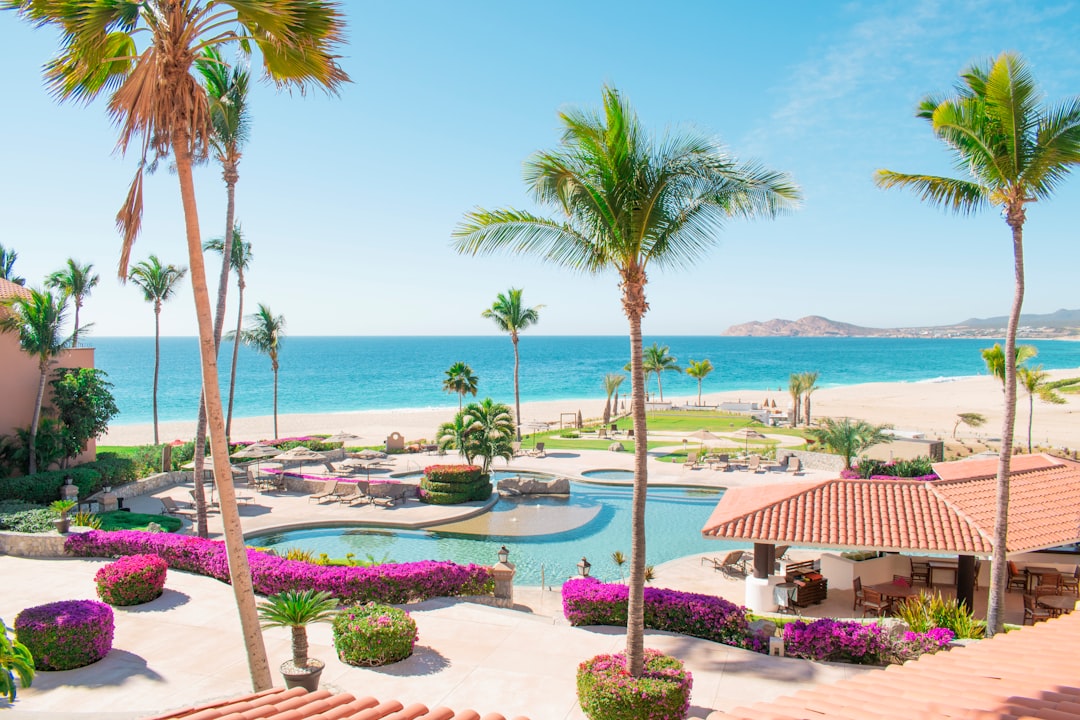



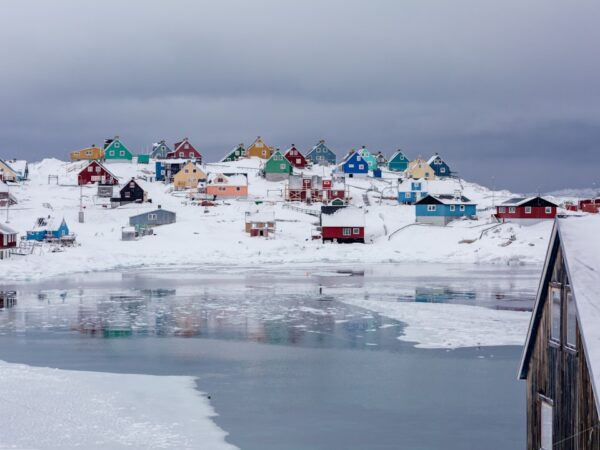
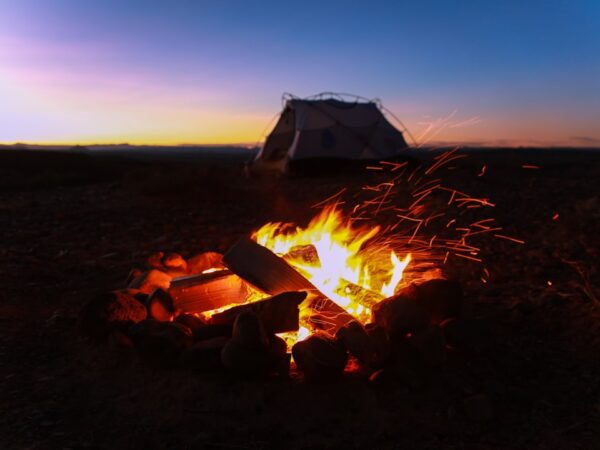










Your article helped me a lot, is there any more related content? Thanks!
I don’t think the title of your article matches the content lol. Just kidding, mainly because I had some doubts after reading the article.